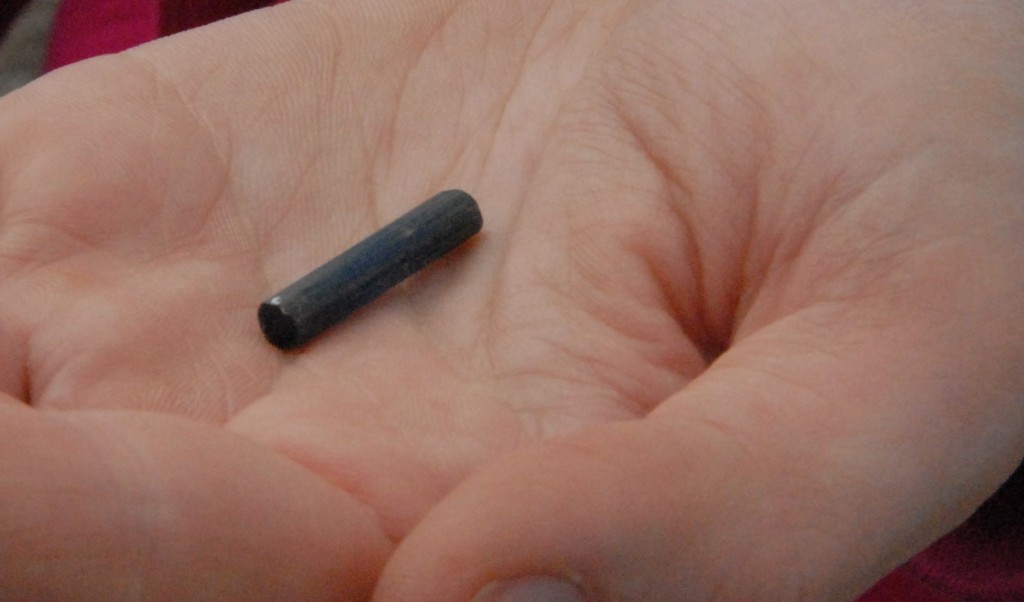Friday 21st June 2013
Day 18-Overview and Complexity
Fridays are a great chance for everyone on site to catch up on what has been happening in the previous week and to see how interpretations of the site are changing. As this is meant to be the last year on site, it is imperative that the main research questions of the site are answered as fully as possibly. The Banjo Enclosure has many research questions surrounding it, such as how much time difference there has been between other ditches and the creation and/or use of the Banjo Enclosure. One of the main ditches being analysed is the boundary ditch that in places runs parallel to the Banjo Enclosure. In addition, locating the entranceway to the Banjo Enclosure is being closely sought after in order to see if there may have been a structure, possibly constructed with timber, in order to mark its location. In between the Banjo Enclosure ditch and the boundary ditch, excavation of two smaller features appear to be large post-holes. This may be the timber structure marking the Banjo Enclosure entrance or exit!
Many of the features have complex cuts from different periods and it takes careful excavation and observation in order to tell cuts from each other thus if any features may pre-date each other. BA Prehistoric and Roman Archaeology student James Osborne is working on such a feature. It was thought initially it was just a portion of a house terrace or platform but as the feature was excavated further, it became clear that James was also excavating an end of a ditch.

BA Prehistoric and Roman Archaeology student James Osborne working on the end of a ditch with a possible house platform overlying it. Courtesy of Bournemouth University.
One of the more interesting finds of today was recovered by volunteer Lies Veldeman within a section of the rectangular house terraces. The glass bead, as pictured below, can either be a particularly large bead or is in a rod-shape so smaller beads can be made from it. However there hasn’t been any other evidence for glass or glass bead production on site so this theory seems unlikely at this moment.
